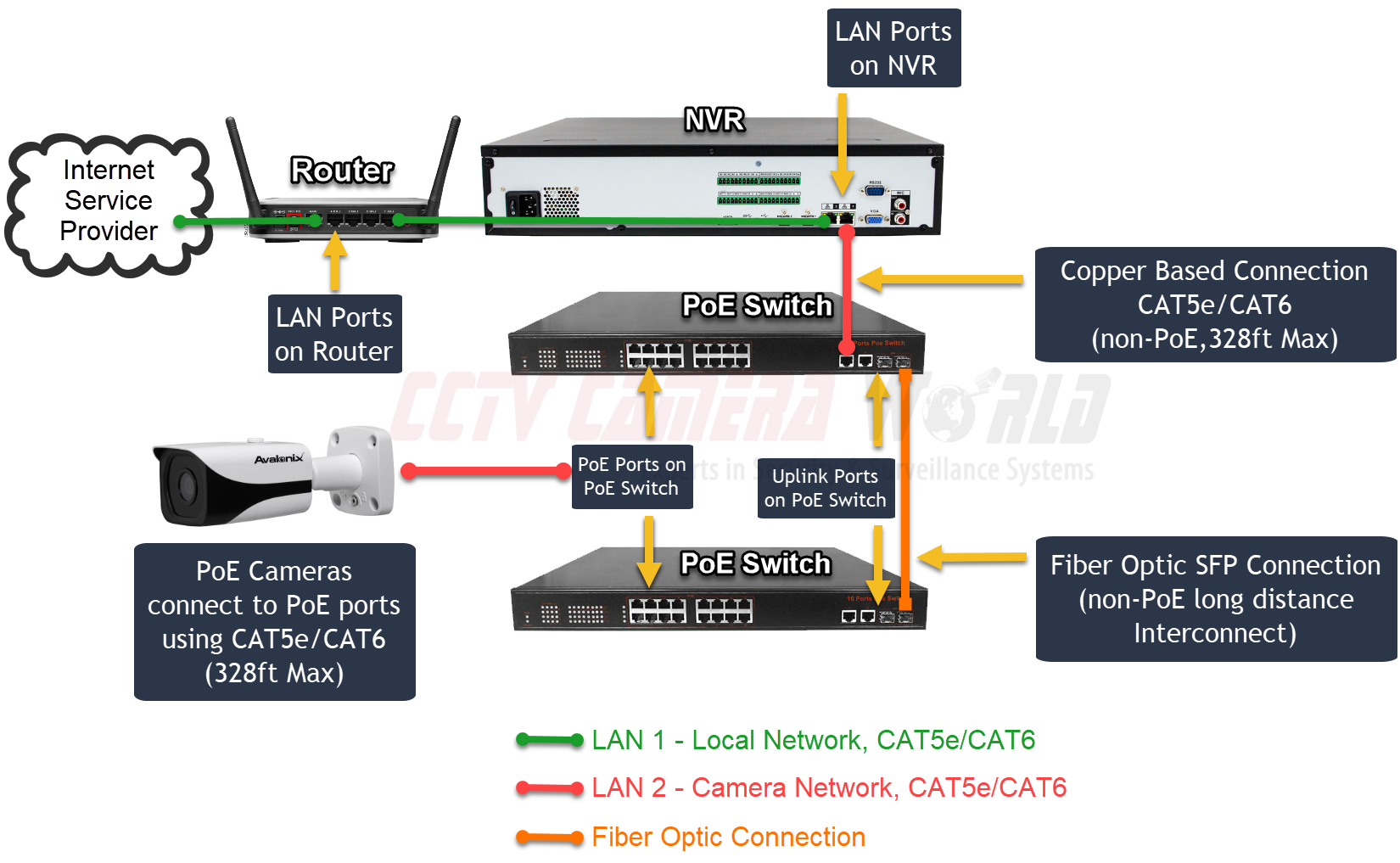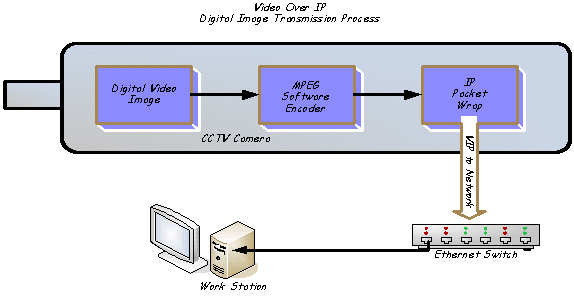The Essential Benefits of Using CCTV Fibre Optic Cable for Long-Distance Surveillance
Top Reasons to Choose CCTV Cameras With Fiber Optic Output for Dependable Monitoring
In the advancing landscape of monitoring modern technology, the choice of CCTV cameras with fiber optic result presents an engaging case for integrity and effectiveness. As the need for premium surveillance continues to climb, comprehending the cost-effectiveness and adaptability of these setups comes to be extremely important.
Superior Picture Top Quality

This improved photo high quality is specifically vital in settings needing meticulous tracking, such as banks, flight terminals, and crucial framework. The high data transfer of fiber optic technology supports innovative features like high-def video clip and vibrant range, enabling far better visibility in low-light conditions.

Extended Transmission Range
One of the considerable advantages of CCTV video cameras with fiber optic result is their capacity for prolonged transmission range. Unlike conventional copper wire systems, which are limited by signal deterioration over fars away, fiber optic modern technology permits the transmission of top notch video clip signals over numerous kilometers without loss of top quality. This capacity is specifically useful for large centers, schools, or city environments where surveillance protection is essential.
Using fiber optics in CCTV systems makes it possible for smooth integration across substantial locations, promoting the deployment of video cameras in remote areas that would otherwise be challenging to link. This prolonged transmission range is not just helpful for scalability yet additionally for the adaptability in system design. Installers can strategically place video cameras to enhance protection, making sure that essential locations are checked properly.
Moreover, the ability to cover long ranges without the demand for repeaters or additional equipment reduces overall installation intricacy and prices. fence detection system. Because of this, organizations and companies can carry out robust security services that preserve high performance over vast locations, boosting safety procedures and operational performance. In recap, the prolonged transmission distance provided by fiber optic result stands as an engaging reason to pick these innovative CCTV systems for trusted surveillance
Boosted Disturbance Resistance
The advanced technology of fiber optic result not only facilitates extensive transmission ranges but additionally uses boosted interference resistance. Fiber optic cords transmit information as light signals through glass or plastic fibers, making them naturally immune to electromagnetic disturbance (EMI) and radio frequency disturbance (RFI) This characteristic is specifically beneficial in environments where digital devices might create sound, such as industrial settings or densely booming metropolitan locations.
Unlike standard copper cables, which can function as antennas and get undesirable signals that degrade video clip quality, optical fiber maintain signal stability over lengthy distances. This makes certain that the surveillance footage recorded continues to be clear and reliable, despite external electro-magnetic disturbances. Furthermore, fiber optic cables are less at risk to signal loss because of depletion, allowing for premium video clip transmission even in difficult problems.
Furthermore, using optical fiber adds to overall system safety, as the signals can not be conveniently touched or interrupted, reducing the risk of unauthorized gain access to. By spending in CCTV cameras with click now fiber optic output, individuals can take pleasure in premium efficiency and assurance, recognizing that their surveillance system is resilient against interference and with the ability of providing constant, high-grade video.
Cost-Effectiveness Gradually
Gradually, the cost-effectiveness of CCTV cameras with fiber optic outcome comes to be progressively obvious. While the initial financial investment might be greater than standard copper-based systems, the lasting monetary advantages substantially offset this difference. Fiber optic technology supplies better longevity and reduced maintenance costs, causing fewer replacements and fixings over the life-span of the cameras.
One of the considerable cost-saving variables is the decreased risk of signal degradation over fars away. Optical fiber preserve high-grade video clip transmission, which decreases the requirement for signal boosters and additional tools that visit the site can drive up complete costs. The durability of fiber cables against ecological conditions indicates they are less likely to endure damage from weather condition, bugs, or electromagnetic disturbance, converting to lower substitute prices.
Furthermore, the power performance of fiber optic systems contributes to lowered operational prices. These electronic cameras normally call for less power to operate contrasted to traditional systems, therefore decreasing electricity expenses gradually. When incorporated with the potential for enhanced protection outcomes, the general return on financial investment for CCTV electronic cameras with fiber optic output clearly demonstrates their economical benefits in reliable surveillance options.
Versatile Installment Alternatives
With a variety of versatile setup choices, CCTV cams outfitted with fiber optic result can be flawlessly integrated into different settings. Their light-weight layout and versatility in installing setups enable setups in both interior and outside settings, adjusting to the specific requirements of any surveillance project.
From business homes to houses, fiber optic CCTV systems can be tactically placed to optimize protection while lessening unseen areas. The capability to set up these video cameras at varying elevations and angles improves their efficiency in keeping an eye on vital areas. Furthermore, the long-distance transmission capacities of optical fiber minimize the requirement for repeaters, thus streamlining setup in expansive areas.
In addition, these cams can be integrated with existing framework, such as poles or building exteriors, which offers a cost-effective remedy for upgrading surveillance systems without comprehensive restorations. Their resilience to ecological factors also makes fiber optic cameras ideal for testing locations, consisting of commercial sites or locations with high electromagnetic disturbance.
Conclusion
